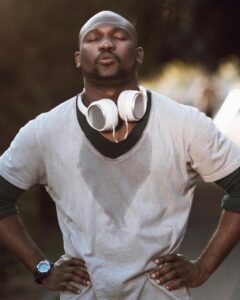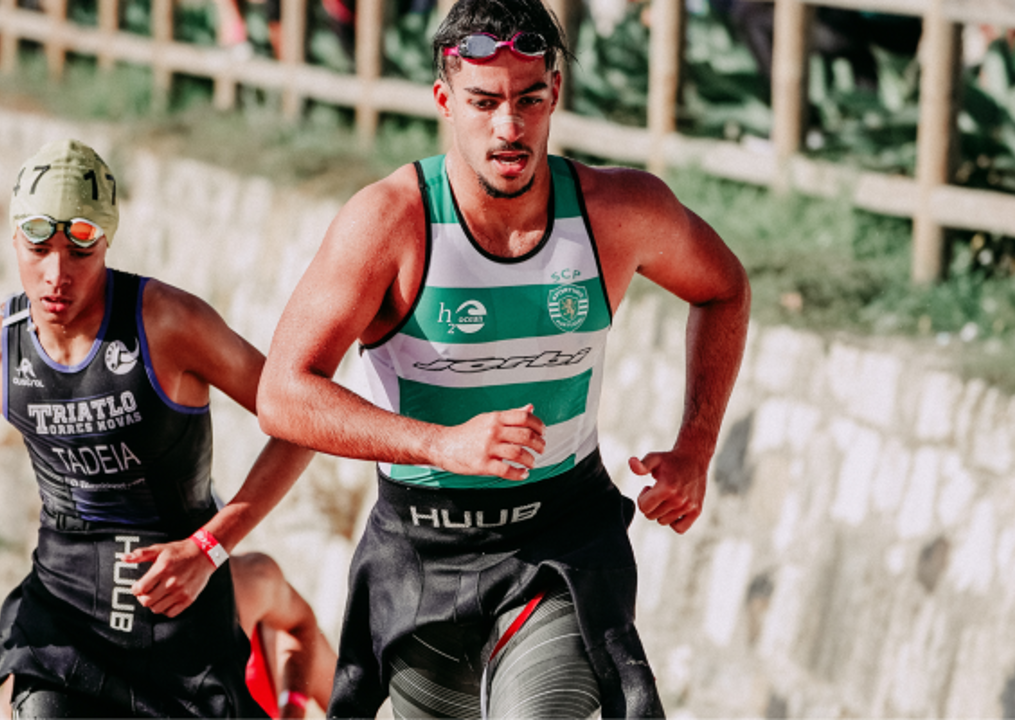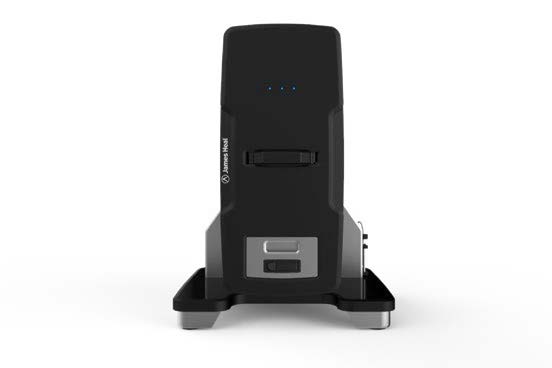Wicking
An overview of wicking
Wicking is directly related to comfort, as good wicking means the textile or garment will allow the garment to effectively manage moisture produced by perspiration (sweat). Moisture wicking fabrics are considered an important element of modern sportswear and outdoor-wear.
Some examples of typically good wicking which we would expect to see in sportswear fabrics (with moisture loss in litres) during these activities include:
100 metre sprint 0.1
90 min tennis 2.0
90 min football 3.0
Marathon 4.6
Triathlon 20.0

Wicking is the transference and management of liquid moisture in or on a textile or garment. The official definition of wicking action is “the process of a liquid flowing in a narrow space without the assistance of, or even in opposition to, any external forces like gravity“. The effect can be seen in the drawing up of liquids between the hairs of a paint-brush, in a thin tube, in porous materials such as paper and plaster, in some non-porous materials such as sand and in liquefied carbon fibre.
In our case, when an athlete sweats, we would expect that in a high performance garment the liquid would disperse relatively quickly through the fabric, and not gather the moisture in one place. The liquid moisture from perspiration will be drawn up through the capillary design, usually in the warp or weft, or more likely the ‘course and wales’ of knitted fabrics, to take the moisture away from the point of origin, and eventually it will evaporate or run off.
The way we test wicking has changed significantly, though many traditionally basic methods are still used in determining the effectiveness of a fabrics propensity to wicking. Read the full article to discover the latest innovations in wicking technology and grading, and why the new AATCC TM217-2025 wicking standard gives the most comprehensive view of wicking testing to date.
Sign up for advice
- Hotline0938 078 338
- emailinfo@thachanhvang.com



